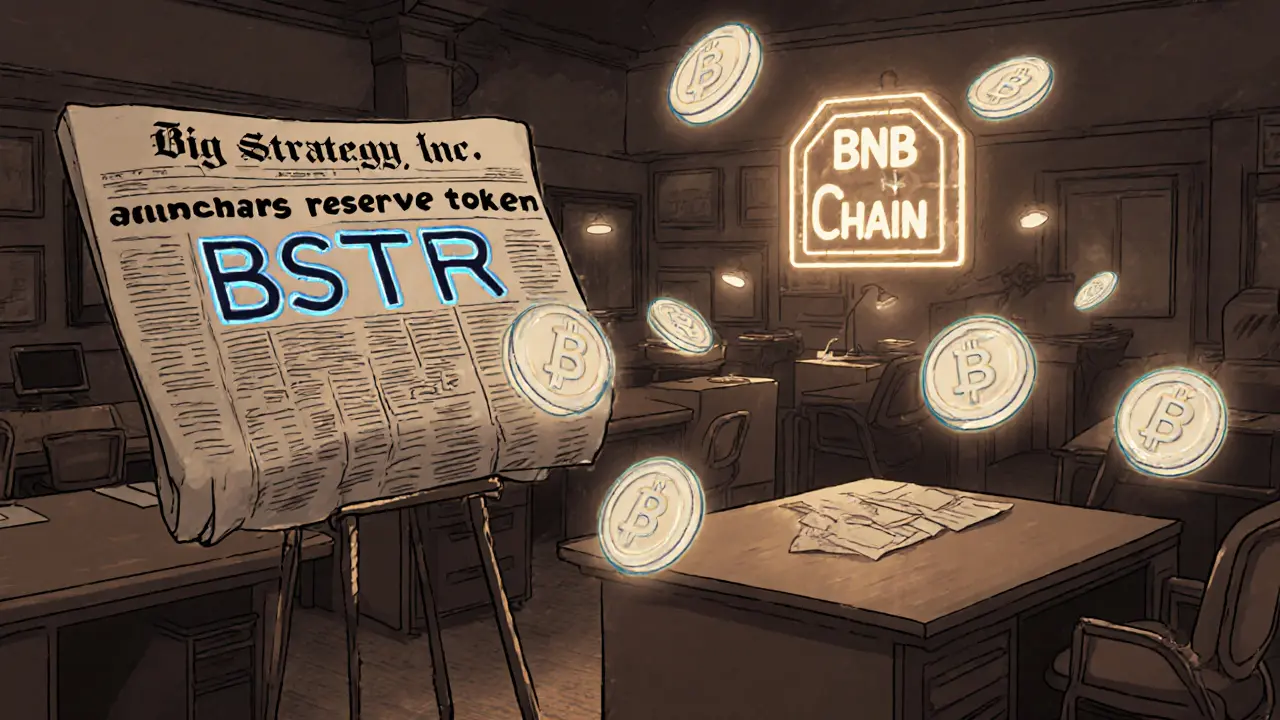
BSTR Token Value Estimator
Current BSTR Metrics
Your BSTR Holdings
Estimated Results
Your current holdings worth: $80.00
Projected value with market change: $80.00
Change in value: $0.00
- Low liquidity on major exchanges
- No official whitepaper or financial audits
- Unclear reserve backing
- High price volatility
When you see the name BigStrategy Inc (BSTR) as a crypto coin, you’re looking at an on‑chain reserve company that lives inside the USD1 ecosystem. It markets itself as a governance token that also acts like a strategic investment vehicle, tied to the performance of the USD1‑50 Index. If you’re wondering what the BigStrategy Inc crypto coin actually does, this guide walks you through the token’s purpose, tech specs, market reality, and the practical steps to get your hands on it.
Key Takeaways
- BigStrategy Inc (BSTR) is a BEP‑20 utility token on the BNB Chain with a fixed supply of 1billion tokens.
- The token aims to act as a “stock” for an on‑chain reserve company, linking its value to the USD1‑50 Index (top 50 projects in the USD1 ecosystem).
- Market data is wildly inconsistent - reported market caps range from $76k to $11.36million, and daily price swings often exceed 20%.
- Liquidity is low; BSTR is not listed on Binance and must be bought on smaller DEXs that support BEP‑20.
- Risks include sparse documentation, no whitepaper, minimal community size (≈10k holders), and no transparent reserve backing.
What Is BSTR?
BigStrategy Inc (BSTR) positions itself as an "on‑chain reserve company". In plain terms, the project treats the token like a share of a company that holds a basket of assets - specifically those tracked by the USD1‑50 Index. Token holders are promised governance rights and exposure to the index’s performance. The slogan "'$BSTR is the stock, reserves are the business'" underscores this hybrid approach.
Unlike pure stablecoins that peg to a fiat value, BSTR’s price is market‑driven. Its value proposition relies on two mechanisms:
- Investment exposure to the USD1‑50 Index, which weights projects by market cap, liquidity, and on‑chain activity.
- A built‑in buyback‑and‑burn system that aims to shrink supply when the market dips, theoretically boosting price per token.
How Does the Token Work?
The token serves two core functions:
- Governance: Holders can vote on protocol updates and reserve allocation decisions, though voting portals are currently only available via community‑run Telegram bots.
- Strategic Investment: By holding BSTR, you gain indirect exposure to the performance of the top 50 projects in the USD1 ecosystem, which includes assets like USD1‑USDT pairs, DeFi platforms, and emerging NFTs.
The USD1‑50 Index itself recalculates its composition weekly, rewarding projects that show strong on‑chain metrics. Because BSTR does not hold any fiat or stablecoin reserves publicly, its “reserve” is essentially the index exposure, managed by the project's core team.
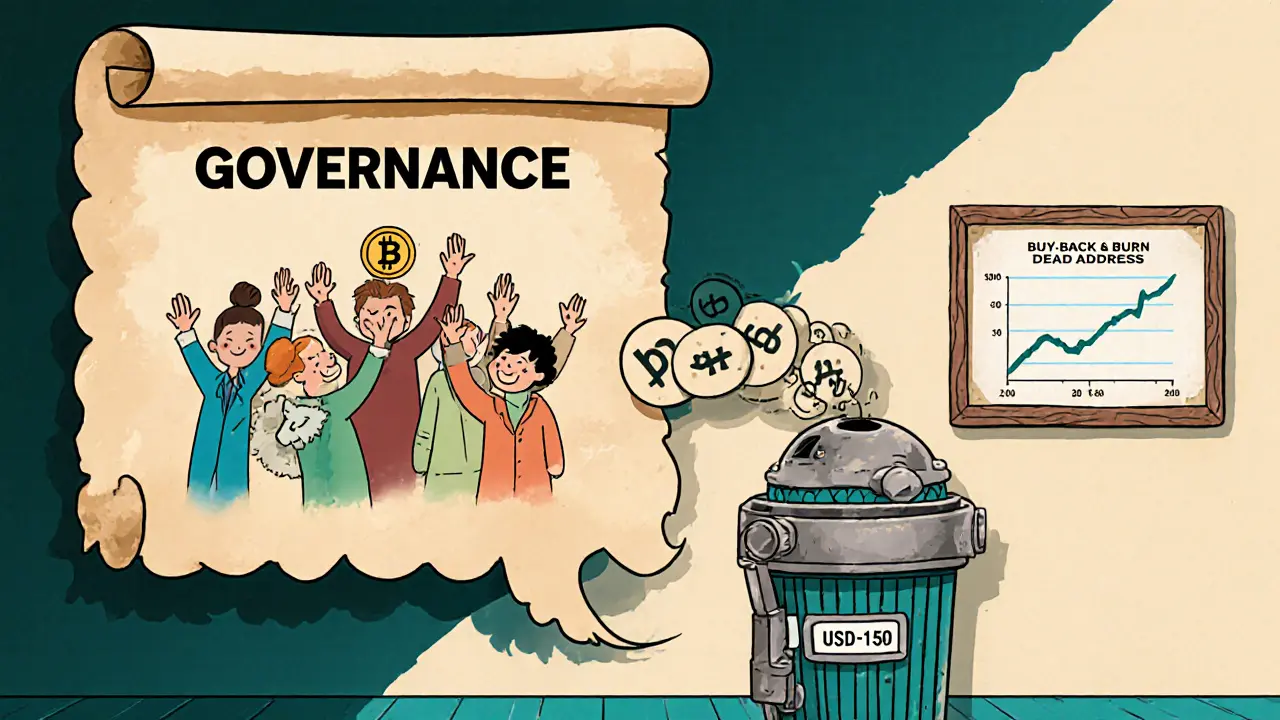
Technical Blueprint
From a blockchain perspective, BSTR checks several boxes:
- BNB Chain - the low‑fee, high‑throughput network that powers Binance Smart Chain.
- BEP‑20 token standard - the ERC‑20 equivalent on BNB Chain, ensuring compatibility with most wallets and DEXs.
- Maximum supply: 1,000,000,000 BSTR (exactly one billion tokens).
- Contract address: 0x85E92213fcA84aA99AdbAC5049D8426984D64444 (verified on BscScan).
- Buyback and burn mechanism - the protocol allocates a portion of transaction fees to purchase BSTR on the open market and send it to a dead address.
There is no cross‑chain bridge, so every transaction stays inside the BNB ecosystem. Technical documentation is thin; the project has never published a formal whitepaper, leaving developers to piece together functionality from contract code and community posts.
Market Snapshot (October2025)
Because BSTR is a micro‑cap token, data sources disagree dramatically:
- Circulating supply: 1,000,000,000 (consistent across TradingView and CoinMarketCap).
- Token holders: ~10,230 (CoinMarketCap).
- Market cap: $76,620 (CoinMarketCap) vs. $11.36million (Blockspot.io).
- 24‑hour price change: Reports range from -21.05% (CoinGecko) to +18.75% (CoinCarp) on the same day, highlighting volatility and data reliability issues.
- Daily trading volume: $38,246 (CoinCarp) vs. $10,070.91 (CoinGecko).
Liquidity is a persistent headache. Binance officially lists BSTR as “not listed”, meaning you’ll need a DEX like PancakeSwap or ApeSwap that supports BEP‑20 tokens. Slippage can easily exceed 5% on modest trades due to the thin order books.
How to Buy BSTR
- Set up a BEP‑20 compatible wallet (MetaMask in BSC mode, Trust Wallet, or Binance Chain Wallet).
- Buy BNB on an exchange (e.g., Binance, Kraken) and transfer it to your wallet.
- Connect your wallet to a BSC DEX that lists BSTR - PancakeSwap is the most commonly cited platform.
- Paste the verified contract address (0x85E92213fcA84aA99AdbAC5049D8426984D64444) into the DEX’s “Import Token” field.
- Swap BNB for BSTR, setting a reasonable slippage tolerance (3‑5% recommended).
- Store BSTR in your wallet and, if you wish to participate in governance, join the official Telegram @bstrinc for voting links.
Remember: because liquidity is low, large purchases may move the market price. Many investors split their orders across multiple DEXs to minimize impact.
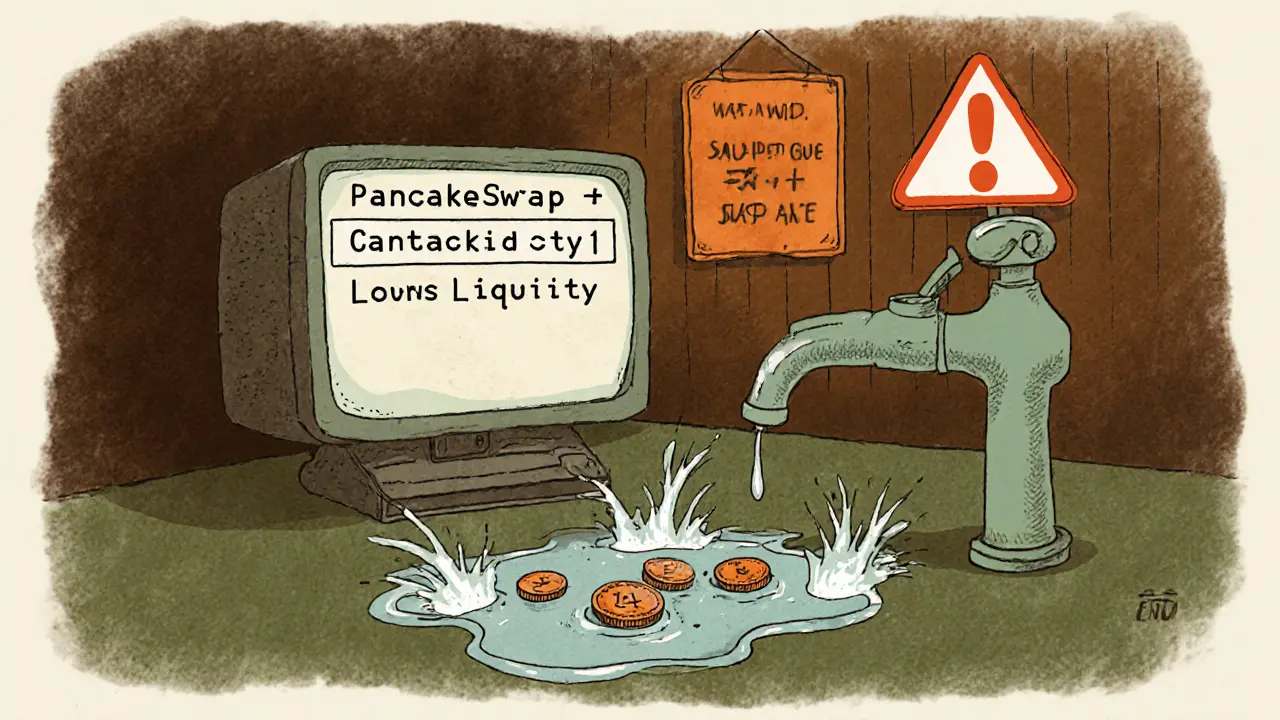
Risks and Criticisms
Every crypto project carries risk, but BSTR has a handful of red flags that stand out:
- Sparse documentation: No official whitepaper, roadmap, or audited financial statements.
- Unclear reserve backing: The “reserve” is essentially an index exposure, not a transparent collateral pool.
- Inconsistent data: Market‑cap and price figures vary wildly across reputable sites, suggesting potential price manipulation.
- Liquidity constraints: Not listed on major centralized exchanges; reliance on thin DEX order books raises slippage and execution risk.
- Community size: Only about 10k holders, indicating limited market interest and potential abandonment risk.
Professional analysts from Messari, Delphi Digital, or CoinDesk have not covered BSTR, which is another sign that the project hasn’t earned mainstream credibility.
Comparison with Other Reserve‑Style Tokens
| Token | Market Cap | Supply | Reserve Backing | Major Exchange Listing |
|---|---|---|---|---|
| BSTR | $0.08M - $11.4M (source variance) | 1B (fixed) | USD1‑50 Index exposure (no transparent collateral) | Not on Binance; available on PancakeSwap, ApeSwap |
| FRAX Share (Frax) | $165M | Variable (algorithmic) | Partial crypto‑collateral (USDC, ETH) | Binance, Kraken, KuCoin |
| Basis Cash (BAC) | $12M | Variable | Algorithmic with crypto reserves | Uniswap, Gate.io |
| Reserve Rights (RSR) | $45M | Variable | Reserve of stablecoins (USDT, DAI) | Binance, Huobi, Bithumb |
Compared with the more established players, BSTR’s market cap is minuscule and its reserve model is far less transparent. This makes it a high‑risk speculative play rather than a stable store of value.
Next Steps for Potential Investors
If you decide BSTR fits your risk appetite, follow these best‑practice steps:
- Verify the contract address on BscScan before any trade.
- Use a hardware wallet or a reputable software wallet with a strong backup phrase.
- Start with a tiny position (e.g., $10‑$20) to gauge slippage and execution speed.
- Track the USD1‑50 Index performance - if the index stalls, BSTR’s price is likely to follow.
- Stay active in the official Telegram and Twitter channels for any buyback‑and‑burn announcements.
Remember, the crypto space moves fast, and projects without audited reserves can disappear overnight. Treat BSTR as a speculative micro‑cap investment, not a long‑term store of wealth.
Frequently Asked Questions
What does BSTR stand for?
BSTR is the ticker symbol for the token issued by BigStrategy Inc. It does not represent an acronym; the project simply chose the four‑letter code for branding.
Is BSTR a stablecoin?
No. BSTR’s price is market‑driven and can swing wildly. It only claims indirect stability through its exposure to the USD1‑50 Index and a buyback‑and‑burn mechanism.
Where can I trade BSTR?
BSTR is not listed on major centralized exchanges like Binance. You can trade it on BEP‑20 DEXs such as PancakeSwap, ApeSwap, or any platform that lets you import the contract address 0x85E92213fcA84aA99AdbAC5049D8426984D64444.
How does the buyback‑and‑burn work?
A portion of transaction fees is collected by the protocol, used to purchase BSTR on the open market, and then sent to a dead address (0x000…dead). This reduces circulating supply, which the team hopes will support price appreciation during downturns.
Is there a roadmap for future development?
The project has not released an official roadmap or milestone calendar. Updates are limited to occasional posts on Telegram and Twitter, making future plans uncertain.
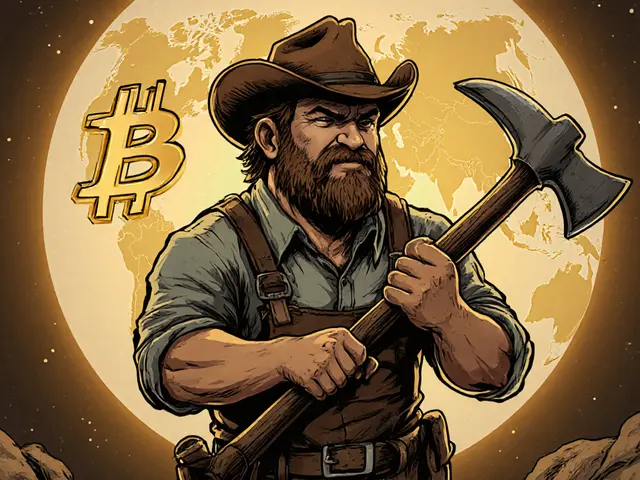
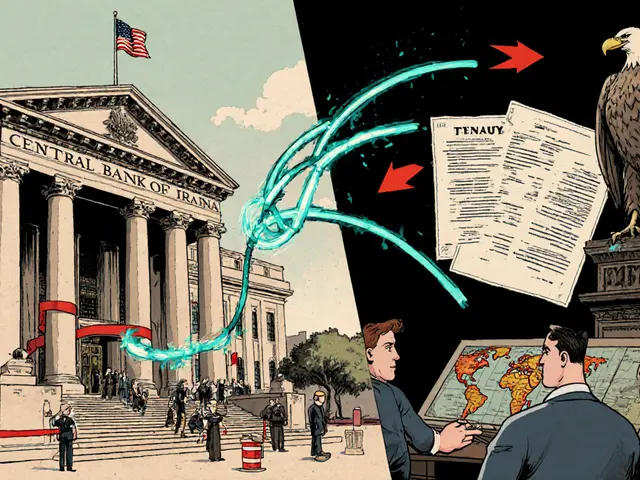
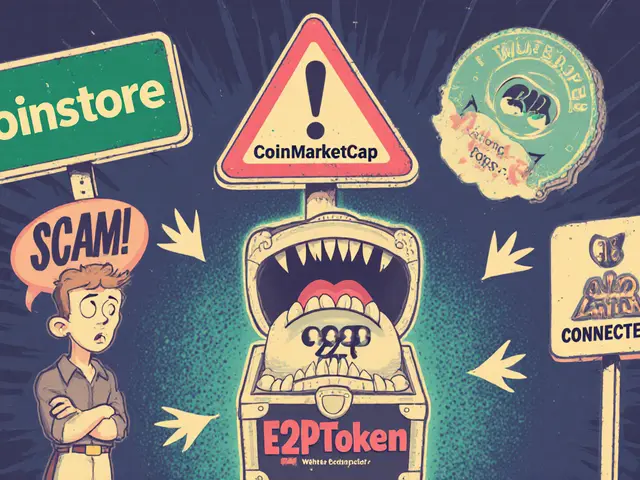

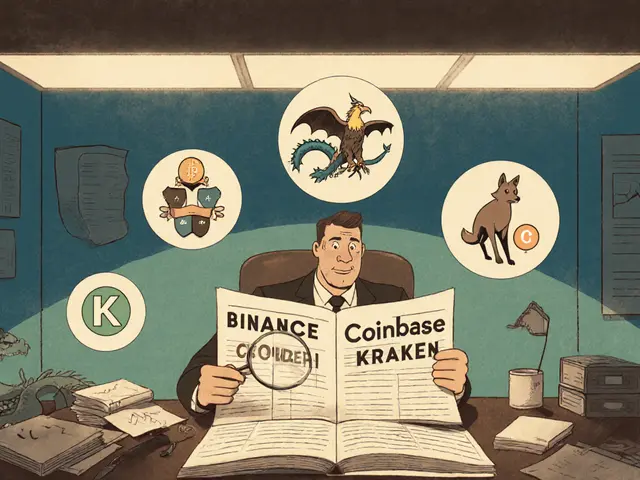
Comments (6)
Dick Lane
Been watching BSTR for a few months now and honestly the volatility is wild
One day it's up 20% the next it's down 30% with no clear reason
I don't trust the market cap numbers at all
Some sites say $76k others say $11 million
That gap alone tells you something's off
I put in $50 just to see how it moves
Slippage on PancakeSwap was insane
Ended up paying 8% more than the quoted price
Still holding but only because I'm curious how long this can last
Norman Woo
theyre lying about the reserve
no one in their right mind would trust a token with no whitepaper and a contract that looks like it was copied from a 2021 meme coin
the index is fake
the team is anonymous
and the telegram group has 3 bots and 9 real people
theyre pumpin it before the rug pull
watch when the volume spikes next week
thats when they dump
im not buying but im watching for the exit
Serena Dean
Hey if you're even thinking about dipping into BSTR, just start tiny
like $10 or less
it's not a long term play, it's a lottery ticket
but if you want to play, at least do it smart
double check the contract on BscScan
use a hardware wallet
and never put more than you're okay losing
the buyback mechanism sounds cool on paper but without real reserves it's just math magic
also join the Telegram group and watch for announcements
they sometimes post burn updates there
not a safe bet but if you're into micro-cap chaos, it's one of the more transparent ones out there
James Young
Everyone here is acting like this is some mysterious scam when it's clearly a textbook pump-and-dump with a thin veneer of legitimacy
Look at the numbers - 10k holders, $38k daily volume, zero exchange listings
That's not a project, that's a honeypot
And the fact that no one from Messari or Delphi has touched it? That's the red flag
Anyone who thinks this is a 'strategic investment' is delusional
It's a speculative micro-cap with zero fundamentals
And the buyback mechanism? That's just a bandaid on a bullet wound
Don't waste your time - go trade something with real liquidity or just sit this one out
Chloe Jobson
On-chain reserve model = tokenized index exposure
Not a stablecoin, not a DeFi yield protocol
Just a governance token tied to a basket of USD1 ecosystem assets
Contract verified, BEP-20, fixed supply - technically sound
But the lack of audit, no roadmap, inconsistent data - that's the real risk
Low liquidity = high slippage
Low community = low resilience
If you're comfortable with that tradeoff, treat it like a micro-cap gamble
Not an investment - a speculative position
And always verify the contract before swapping
0x85E9...4444 is the one
Anything else is a scam
Andrew Morgan
Man I saw this thing pop up on my tracker last week
thought it was just another ghost coin
but then I checked the contract
and saw the buyback address actually burning tokens
like actual burns
not just fake stats
and the index is real
USD1-50 is tracking actual on-chain activity
not just hype
don't get me wrong
it's still a dumpster fire of a project
no whitepaper
no team
but somehow it's still alive
and trading
and people are still buying
so I'm just watching
like a car crash in slow motion
might jump in with $20 if it dips below $0.05
but not a cent more
it's too weird to ignore
too broken to trust
and somehow still here
weird